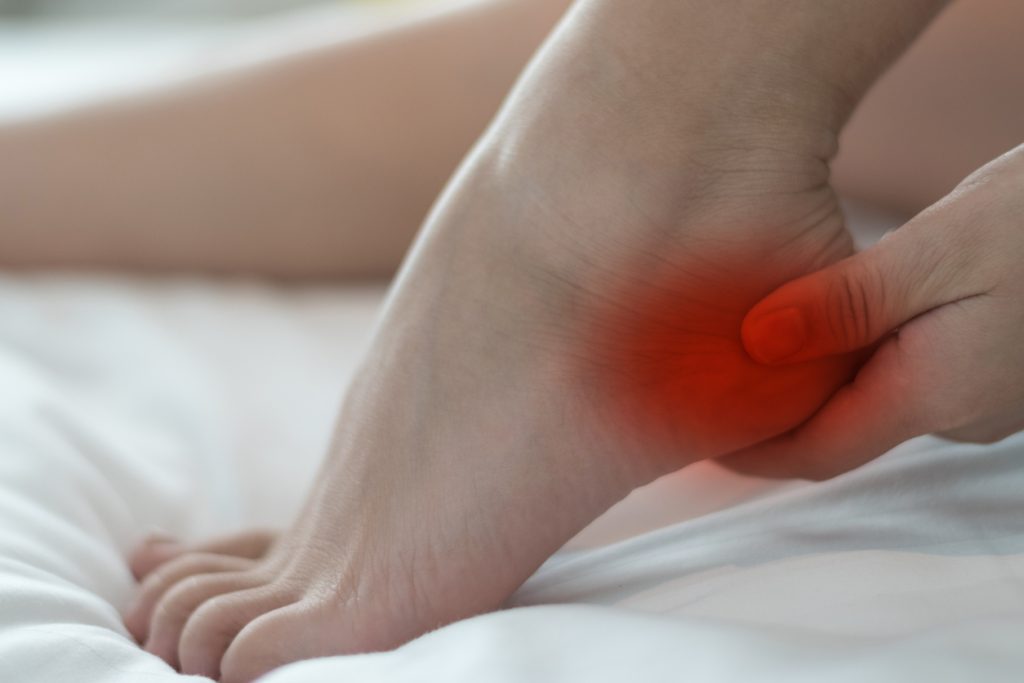We often find patients come to us very frustrated that the pain seems to hang around for a long time. They have often already tried some treatment that didn’t help. They start to wonder if they will ever get better.
People with heel pain often experience pain when they stand up on their feet after periods of rest. They will also commonly feel the pain increasing with more time standing or walking on their feet.
The good news is that with good treatment there is a high success rate in healing this issue.
A recent paper has summarised the best practice treatment for heel pain from the results of a collection of research studies. The studies showed moderate to strong evidence for treatment effectiveness in pain relief.
The first line of treatment recommended is stretching, taping and education.
Importantly, education on load management and finding the appropriate level of activity that will allow the pain level to settle is key. Then working on a guided gradual increase in activity levels at the appropriate level is needed to work our way out of the pain.
Advice on the correct footwear can also be of great help.
We find other therapies such as dry needling and scenar therapy can also help to accelerate the process.
If these fail to help then custom orthotics and shock wave therapy was recommended as good treatment options.
We find that the large majority of cases of heel pain can be helped successfully with this framework. We also find that people who have not been helped with previous treatment attempts will often respond well to this approach.
If you are suffering from heel pain then give us a call or book online. We’d love to help you!
Morrissey D, Cotchett M, Said J’Bari A, Prior T, Griffiths I, Rathleff M, Guelle H, Vincenzino, B, Barton C (2021) Management of plantar heel pain: a best practice guide informed by a systematic review, expert clinical reasoning and patient values. British Journal of Sports Medicine, 55, 1106-1118


